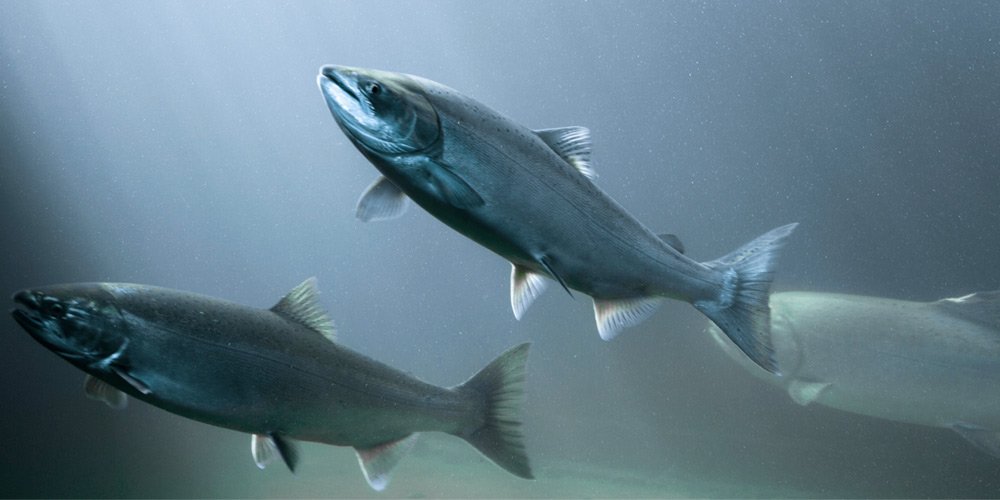That laws protect the vulnerable is one of the most basic tenets of society. So, many people are shocked to learn that this isn’t the case for some of the most vulnerable and defenceless members of our community.
The stark reality is that — under Australian law — not all animals are protected. In fact, the law ‘protects’ or ‘exempts’ animals not by their capacity to suffer, but by their ‘value’ or ‘use’ to humans.
This means that an animal — whether a dog, a chicken, a pig, a rabbit, a sheep, and so on — is fully protected if they are valued as a ‘pet’ or ‘companion’. However, if you take that very same animal out of the domestic environment and place them for use in a farm or breeding facility (or even a research lab), then they lose important protections under animal cruelty laws.
Why? Because the law would no longer regard them as domestic pets or companions. Instead, they are defined as ‘production animals’ which allows decisions about their wellbeing to be balanced with industry interests.











